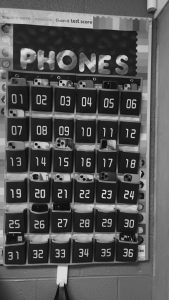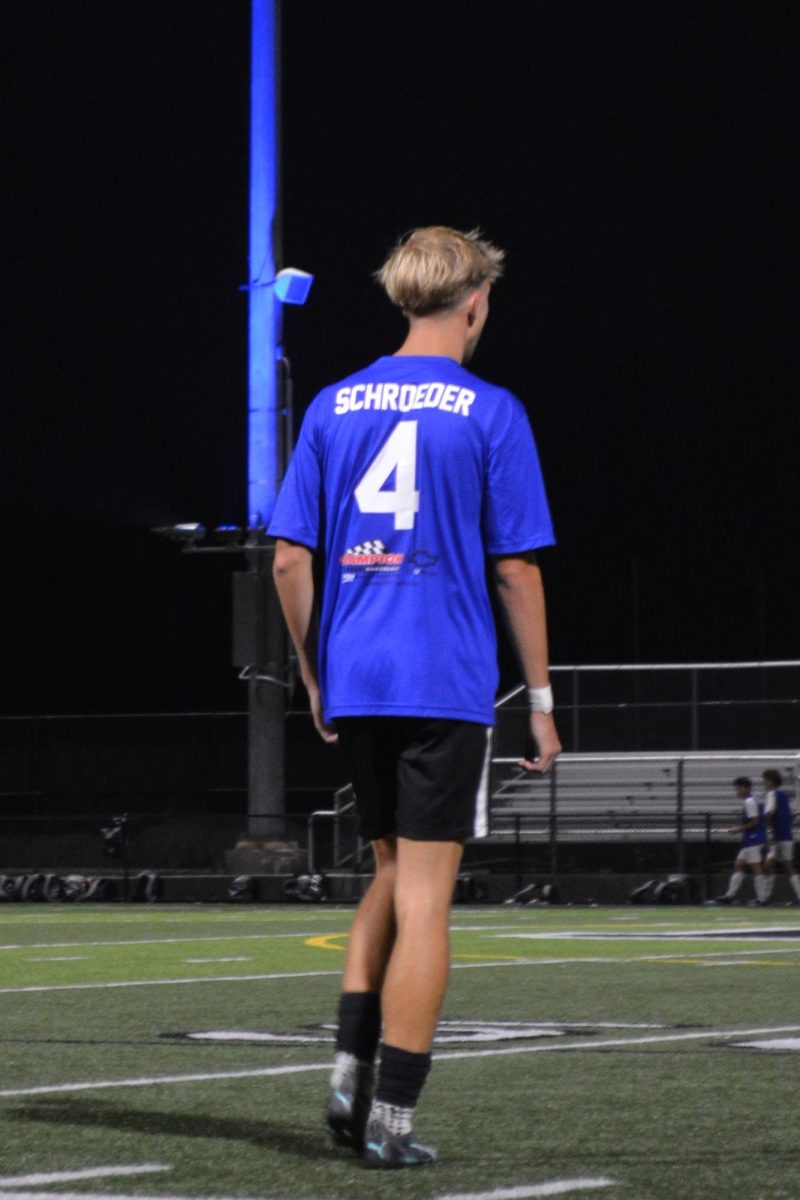Some schools in Michigan have started implementing cell phone policies over the past few years. East Lansing High School is one school of many Michigan schools that now have strict regulations on cell phone use, while Mackinaw City High School has enforced a zero tolerance policy for over a decade. Royal Oak Schools have also implemented cell phone policies, which are somewhat different between the middle school and high school. Royal Oak Middle School has decided to prohibit phone use throughout the school day. It first started with banning screens during the day, but allowing them at lunch. Administration has now eliminated phone use at lunch and has instead encouraged outside and inside activities. During lunch at ROMS, students are allowed fifteen minutes to eat and fifteen minutes to socialize.
However, since there are four-hundred students in each lunch at the middle school, it often becomes hectic. Still, ROMS remains committed to its strict cell phone policy.

Meanwhile, at Royal Oak High School, the cell phone policy allows for teacher discretion. Phones are allowed in the hallways and cafeteria, but teachers are allowed discretion when it comes to their individual classrooms, where they follow a “red light, yellow light, and green light” policy. “Red light” means no use of phones at all, “yellow light” means phones are allowed when related to
class activities, and “green light” means it’s okay for students to use phones.
ROHS teacher Kayla Johnson, has implemented a phone policy that requires students to put phones away at the beginning of class in a calculator slot. At the end of class, students get
their phones back. This is a sore point with some students, who claim that since it’s their property, they shouldn’t have to follow a teacher’s rule. However, Johnson explained that she has the
support of parents.
“In all honesty, I believe parents appreciate the policy,” she said. “I even had a really great reception at curriculum night. Parents were super supportive.”
Junior Claudia Nicolaou likes having the flexibility to use her phone, especially in the event of an emergency.
“Most of my classes are a ‘yellow zone’ besides my third hour,” she said. “In case of an emergency, I can reach my mom right away.”
Nicolaou explained that from her point of view, most students enjoy having a more relaxed approach to cell phones, especially if they can self-manage. Since high school students are older, they, for the most part, make their own decisions, and going from the current rules to a whole new plan would likely not be ideal.
“I would not want the ‘no phones’ policy to come here because students wouldn’t have a good reaction to the switch,” said Nicolaou.
Teachers want their students’ full attention and phones have put a major pause in that because they are a big distraction. Overall, students interviewed have mixed opinions if a change were to
happen at ROHS, and note that the ROMS policy is a good fit for younger students because it sets them up for a better high school experience and makes sure they may have fewer problems in the
future. While schools around the country are banning phones and having good results, students are still trying to find ways around it, and that is a challenge currently facing ROHS




























